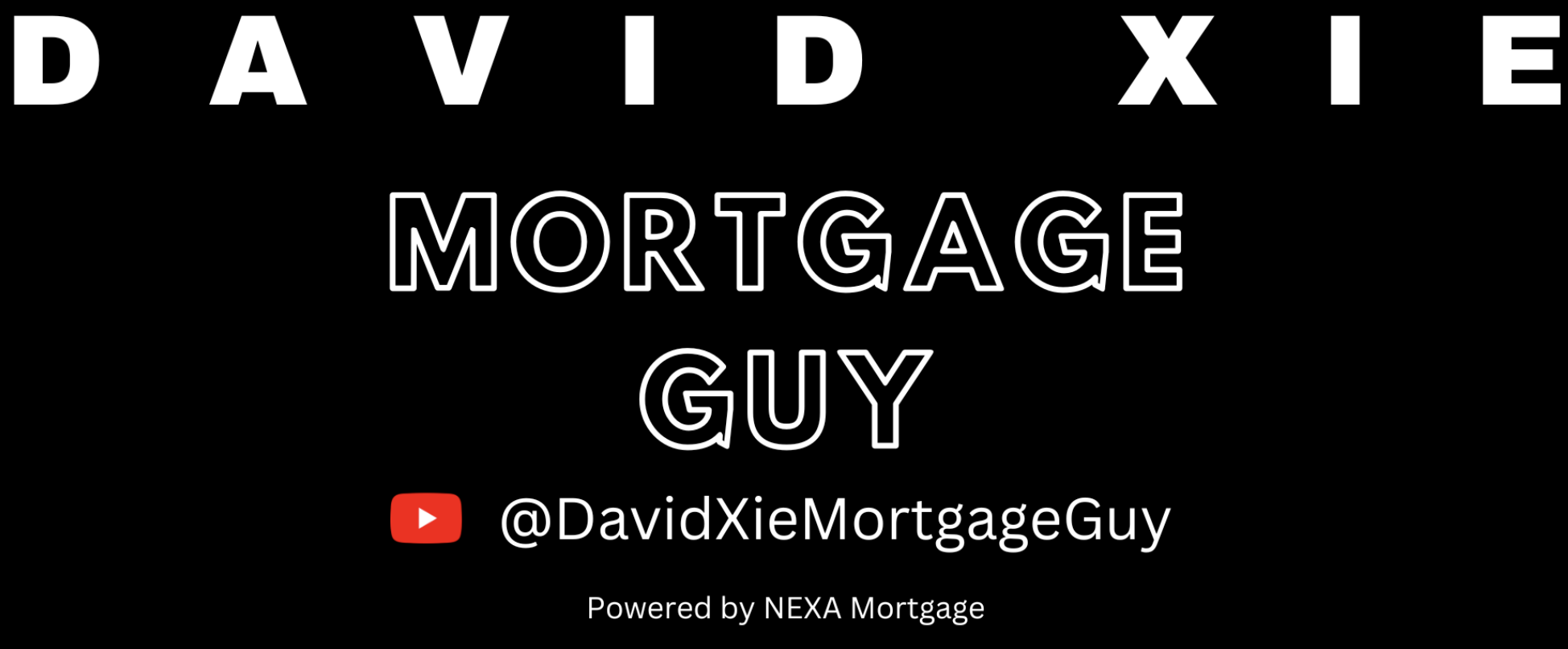The journey to selling your home is like preparing a nest for one final, profitable…
Understanding Cash to Close
Understanding Your Closing Disclosure and Remote Work Considerations
If you have received your Closing Disclosure from your lender, you are almost finished with your home-buying journey. The Closing Disclosure, provided at least three full days before closing when you sign the final purchase documents, means that you are at the finish line, ready to celebrate with keys in hand. On the CD, you will see the cash to close listed. What exactly is that number, and how is it determined?
What is Cash to Close?
Closing costs include all of the legal costs, appraisal, and other fees that are required to get your home purchase from accepted offer to closing. They can be paid by the buyer, seller, or split between both. These terms will be covered in the purchase offer. Common fees included in this number are:
- Appraisal: Most often paid by the buyer.
- Attorney Fees: To prepare documents and conduct a title search.
- Title Insurance: To protect you if a third party comes forward to claim ownership.
- Application Fees: Paid to the lender.
- Origination Fees: To cover underwriting costs.
- Mortgage Insurance Premiums: If applicable.
- Funding Fees: For FHA, USDA, and VA loans, if applicable.
- Pest Inspection Fees: For checking any potential pest issues.
When you total all these fees, they result in a significant charge. The Closing Disclosure lists them separately and adds them to the overall cash to close, minus any amount the lender rolls into the loan value. It will depend on the fee and the lender how much of these they are able to finance.
Role of Earnest Money Deposit (EMD) and Down Payment
You will probably have already paid an earnest money deposit (EMD) when you first agreed to purchase the home. This amount is usually around $1,000 and remains in escrow until you reach closing. At closing, the EMD goes toward these closing costs.
Most of the required cash to close comes from the down payment. Depending on the type of loan you use, you may need to bring as little as $0 or up to 20% of the purchase price or more to closing. You should discuss this with your lender well before closing, as it is part of the underwriting review.
Methods to Pay Closing Costs
Lenders do not expect buyers to bring physical cash to their closing appointment, but will provide a few options for transferring money to cover this expense. You can obtain a cashier’s check, the most common option, at your local bank or credit union. To get a cashier’s check, you will need to know the exact amount and who to make the check out to. You can also get a certified check from your bank.
Lenders accept wire transfers, but you should allow a few days for processing. Wire transfers are more susceptible to fraud, so always verify the wire addressee with your lender before transferring.
Lenders typically do not accept cash, credit or debit cards, and personal checks for real estate closings. Due to the high amounts, the lender wants to know exactly where the money is coming from and that you are not incurring additional debt to pay the cash to close amount.
Remote Work and Closing Costs Considerations
If you are working remotely, managing your closing costs might require a bit of extra planning. Ensure that your remote work setup allows you to handle the financial transactions securely and efficiently. Coordinate with your lender and bank remotely to arrange the payment method that suits your situation best. This may involve ensuring that your remote banking setup supports wire transfers or other secure payment methods necessary for closing. If you work remotely and relocate, make sure to prepare all necessary documents.
Understanding these aspects of the Closing Disclosure and remote work can help you navigate the final steps of your home purchase with confidence.





